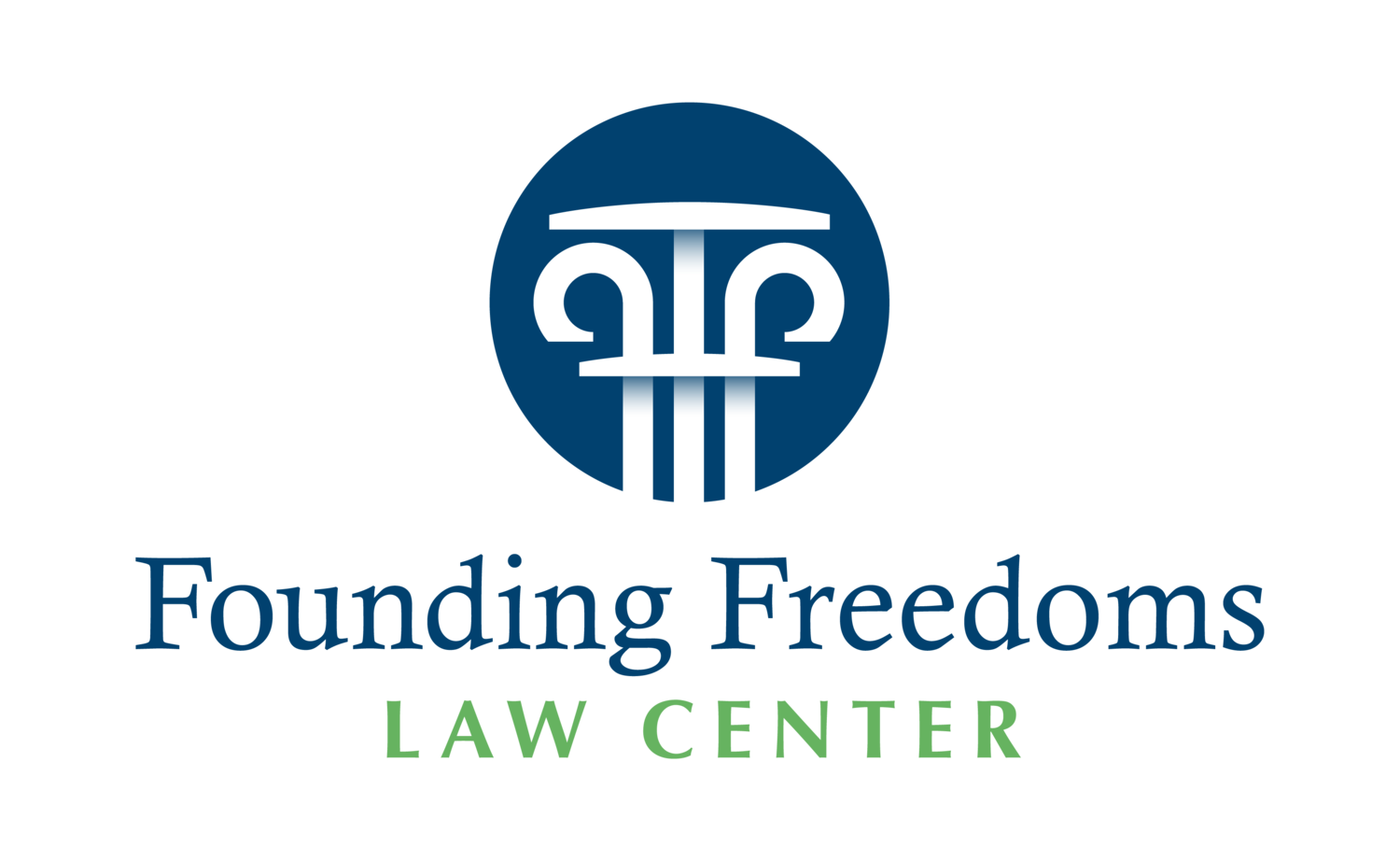Touchdown...A Win for Religious Liberty!
Our courts have long upheld the notion that neither teachers nor students “shed their constitutional rights to freedom of speech or expression as the schoolhouse gate.” Tinker v. Des Moines Independent Community School Dist. (1969). Accordingly, the Supreme Court on June 27, 2022, in a 6-3 decision, made another historic stance to defend religious liberties. Kennedy v. Bremerton School District is a case out of Washington state brought by a high school football coach, Joseph Kennedy. Kennedy was fired by Bremerton School District following a long exchange of disciplinary letters coupled with media attention regarding Coach Kennedy’s conviction to kneel and pray at the 50-yard line of the football field after each game.
Kennedy served as the school’s football coach from 2008 until 2015, when the district caught wind that Kennedy was praying at the 50-yard line, amongst students and adults. The district also discovered that Kennedy had continued a long-held tradition of locker room prayer and had initiated post-game discussions with “overt religious references”. The District sent Kennedy an initial letter, which in response caused Kennedy to abandon the locker-room tradition as well as the inclusion of any religious references within discussions. What Kennedy would not concede however, was his quiet and personal prayers, at mid-field after the games. What ensued was a series of letters between Kennedy and the District, culminating as we know, in a legal battle only to be resolved some 7 years later.
While the District took the stance that the Constitution’s Establishment Clause is directly in tension with the Free Exercise Clause, causing the latter to succumb to the former, the Supreme Court applied a different two-step approach to determine the boundaries of Kennedy’s legal rights. It is importantly noted that the Establishment Clause as well as the Free Exercise and Free Speech clauses are all within the same sentence of the First Amendment. This understanding served as the threshold for rejecting the notion that one clause must simply trump the other. In applying its first step, the Supreme Court sought to determine the “nature of the speech,” namely whether it was private speech or speech on behalf of the government. Should the speech fall within the scope of the person’s “official duties,” Free Speech protections will not apply. Should the speech appear more as a “…citizen addressing a matter of public concern” Free Speech protections might apply.
The Court determined under this first step, in contradiction to the Ninth Circuit’s prior conclusion, that Kennedy’s speech qualifies as private speech. The Ninth Circuit reached its conclusion because it found that Kennedy’s position as a football coach “clothed [him] with the mantle of one who imparts knowledge and wisdom.” The Supreme Court rebutted this argument by citing to Garcetti, which would proffer against “excessively broad job description[s].” The Court analogized the Ninth Circuit’s ruling to be the equivalent of prohibiting Muslim teachers to wear headscarves and to prohibiting lunchroom aides from praying quietly over their meals.
Moving onto the second step of the analysis, the Court sought to determine whether the government has an interest so strong in preventing the speech, that it outweighs even private Free Speech protections. Here, the District picks up the burden of proof, and the Supreme Court found that regardless of whether strict scrutiny or immediate scrutiny is applied, the District is unable to sustain its burden. A key downfall of the District’s legal argument was its reliance upon the “Lemon test”—a broad and unreliable test created by the Supreme Court in 1971 that called for determining whether a “reasonable observer” would find the particular behavior to be a governmental “endorsement” of religion. The Court took the opportunity to not only patently reject this legal test, but also formally declared it long disregarded. It then reminded the parties of the confusion and inconsistency it creates, while simultaneously instructing that the appropriate standard is to view the Establishment Clause by “reference to historical practices and understandings.” Town of Greece v. Galloway (2014).
While the case includes other unsuccessful secondary arguments by the District, as well as a three justice dissent, the Court ultimately conferred victory to Kennedy. Considering that early on in his legal battle Kennedy filed for an injunction to be re-hired as the football coach, it will be all eyes on Kennedy to see where he lands next. Regardless, he walks away from Bremerton School District with the assurance that every teacher, student, and staff member across the country is freely permitted to bow before their Creator in prayer.
